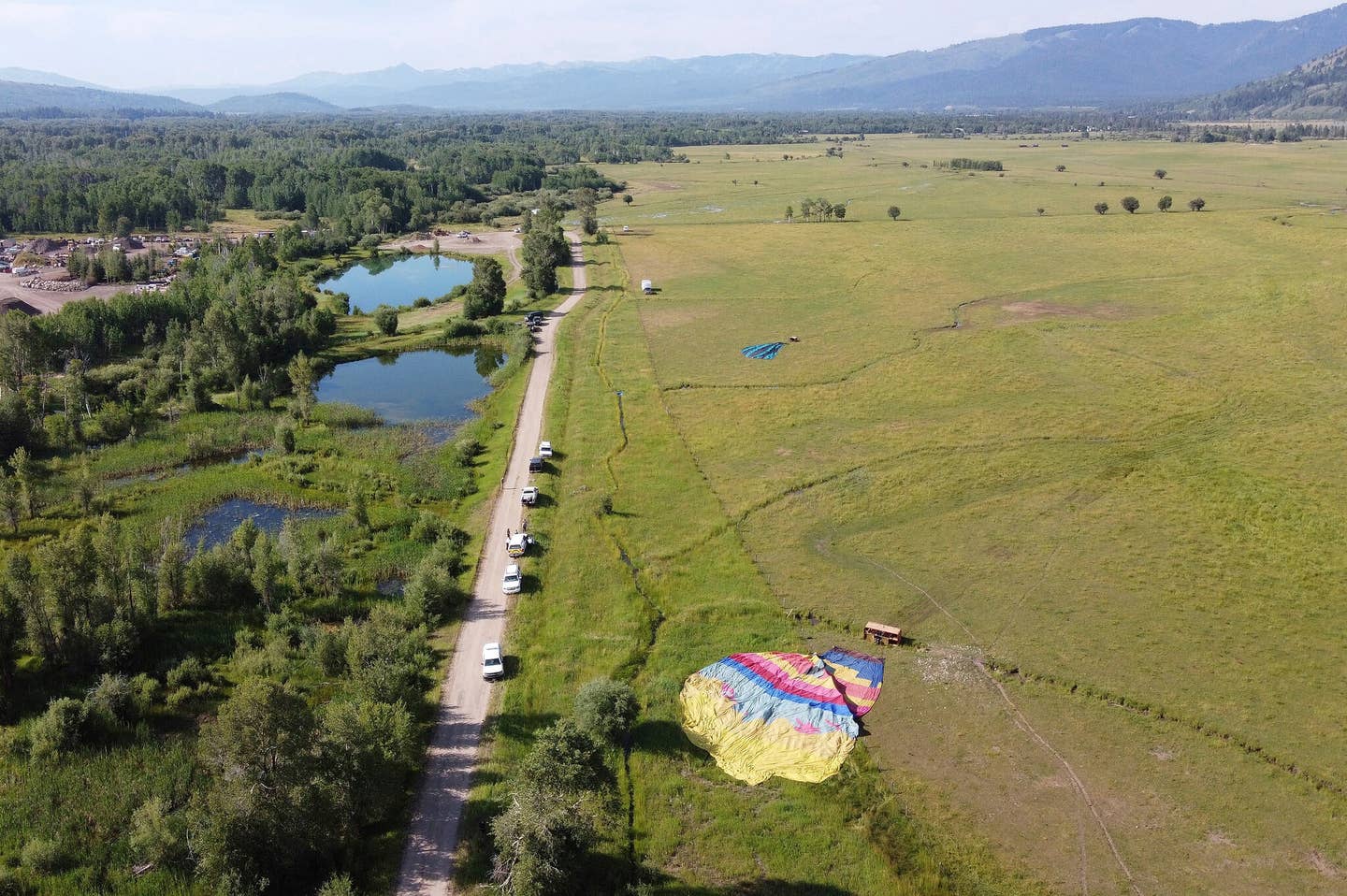Three Balloon Crashes Cause Multiple Injuries
In a bizarre series of crashes that may have been caused by unforecast winds, multiple passengers were injured in the crash of three hot balloons in Jackson Hole, Wyoming, on…

Credit: Bradly J. Boner/Jackson Hole News & Guide, via Associated Press and New York Times
In a bizarre series of crashes that may have been caused by unforecast winds, multiple passengers were injured in the crash of three hot balloons in Jackson Hole, Wyoming, on Monday. At least one of the victims was airlifted to a hospital in nearby Idaho Falls, according to The Associated Press. Other victims sustained a range of injuries after all three balloons were dragged by high winds during landings.
The balloons were operated by the same company, the Wyoming Balloon Company, and were carrying about 38 passengers in three aircraft. The president of the company, Andrew Breffeilh, told The New York Times that the forecast called for light winds, but that gusts were “outside the forecast.” He said the balloon pilots made high-wind landings in response to the gusts. “High-wind landings happen every day,” he told the Times Monday night.
Although balloons normally skid and bounce during such landings, the winds were strong enough to drag the balloons as far as 300 feet during the landings. “That’s a pretty long drag,” Breffeilh said. A spokesman for the FAA, Allen Kenitzer, said, “each balloon landed hard under unknown circumstances in Teton Village” shortly before 8 a.m. Monday. The local sheriff estimated that all three balloons touched down in an area about a third of a mile long.
It’s not yet known how many were injured in the crashes. Passenger Clinton Phillips, who was aboard one of the balloons with his family, said they rolled out of the balloon basket after touchdown and that everyone in his family was limping. He said his son thought he had a concussion and his wife’s ribs were broken. Both the FAA and the NTSB are investigating the incident.






